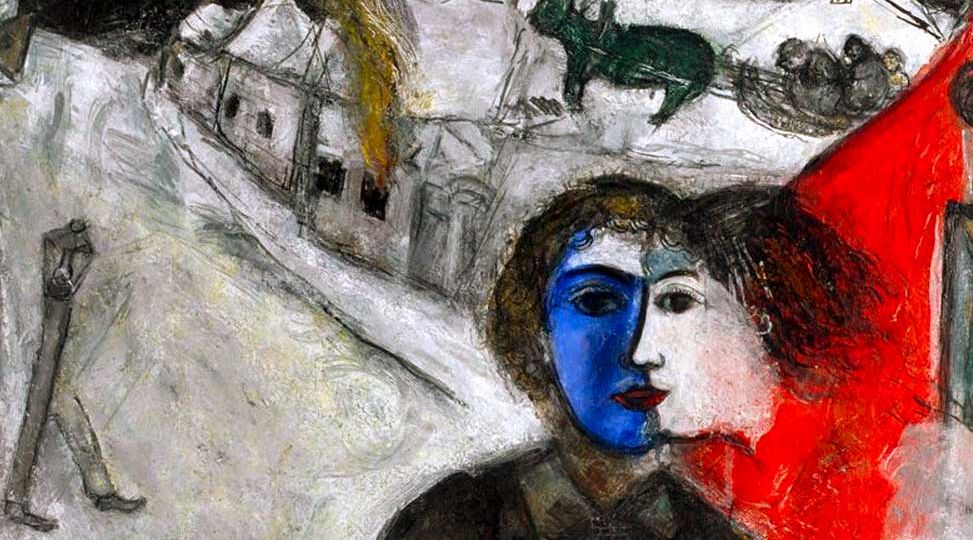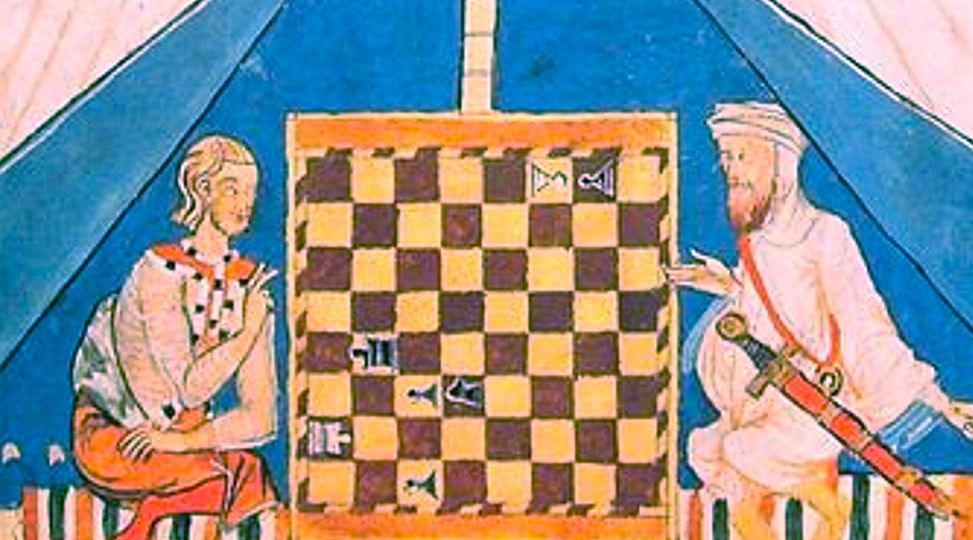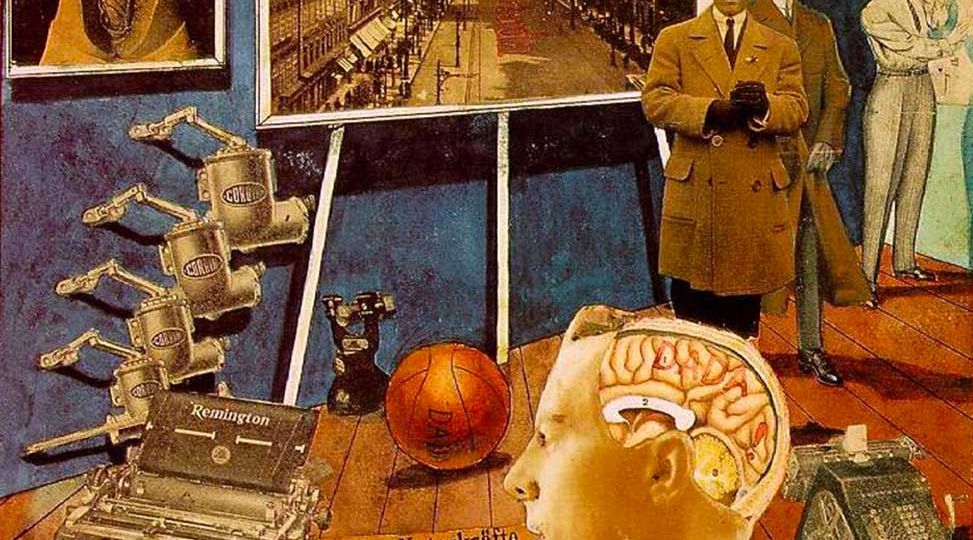Suppression of my intuitive function has appeared symptomatically in the loss of my voice, both in dreams and while performing as a vocalist. On a broader level, my voicelessness has materialized in interpersonal difficulties, such as a hesitancy to advocate for my own perspective, impostor syndrome, and a distrust in my instincts and intuitions.
dominant
The constant tension and accompanying fatigue in my waking life might be seen as the price I paid for the maintenance of a persona that had outlived its utility. The executioner lurking in the demonic position grew potent in the shadows, but the inferior function was rising. Energetically, a talisman was constellated, signifying a burning away of an inauthentic outer mask.
Cassandra represents the difficulty of expressing one’s own truth in a way that is persuasive and influential in the world, particularly a truth that is not androcentric. The weakening of the voice of the dream ego represents the suppression and repression of the feminine that results from continuing to rely on old ways of exerting influence.
My ongoing experience with grief in relation to my inferior function has brought forth dysfunctional behavior as well as an increase in consciousness and differentiation. It has enhanced my awareness of the healing capacity and vulnerability of the inferior function. I have come to see that the vulnerability is necessary.
People of different types are prone to think about religion and spirituality in different ways. While type obviously does not determine a person’s religious beliefs, type is a lens through which one views the world of religion and spirituality, and as a result, contentious religious differences are often, in part, typological differences in disguise.
Our often-used shorthand illustration with a line drawn between the four allegedly conscious function-attitudes and the four “unconscious” ones is misleading because consciousness is not a sufficiently reliable characteristic for distinguishing these two sides of the psyche’s typology. It’s related to what distinguishes them, but only as a secondary and fairly unpredictable characteristic.
The type code had another unintended effect, which was to elevate the E-I and the J-P dichotomies to the same level as the functions. I had always thought of myself as an Introvert and nothing else. I had also been taught that I was a Judging type and I had been told that “J’s decide quickly,” but that was not true for me. So there were holes in my preference framework where my experience did not fit what I was taught.
I describe here how I discovered a new way to find the function-attitudes—the ‘building blocks’ of personality type—associated with any set of MBTI® results. I discovered this method almost by accident. My goal was to form teams of graduate design students working together to conceive, build, demonstrate, and report on a physical project.
… A wise employee will come to understand the culture of the company … and recognize that the team has long since developed a certain way of taking care of others. The team uses its auxiliary function, not yours, or the one your tertiary Child expects it to use. You cannot expect an organization to take care of you in the way that you want …
You can assert yourself … with an introverted function. You can take care of others … with an introverted function. You’re just not likely to do both these things with an introverted function, any more than one would do both with an extraverted function; our alternation of attitudes between the dominant and auxiliary takes care of that.











